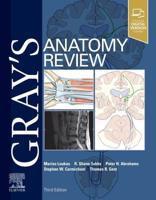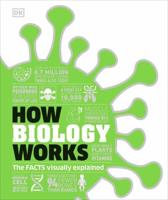Publisher's Synopsis
The term amyloid fibril refers to a protein that has self-assembled into an insoluble antiparallel beta-pleated sheet quaternary structure. This process is known as amyloidogenesis, and in combination with other non-protein components these fibrils give rise to the amyloid plaques that are seen in a number of pathological processes. As recently as 25 years ago, amyloid fibrils were thought to represent a single protein entity on the basis of their unique morphological and protein-organizational characteristics. Subsequently it has been shown that a number of different amyloid proteins exist so far almost 20 have been identified, each associated with a particular disorder. Among these, beta-amyloid forms plaques in the brains of individuals with Alzheimer's disease and Down's syndrome, transthyretin is responsible for familial amyloid polyneuropathies and cardiomyopathies, and prion protein is implicated in transmissible spongiform encephalopathies. Despite their pathological significance, the fundamental questions of how amyloid fibrils form and why they are not degraded are still largely unsolved.;This book brings together scientists working on different amyloidoses to discuss these questions and to examine how an understanding of amyloidogenesis might contribute to the development of therapeutic interventions.










